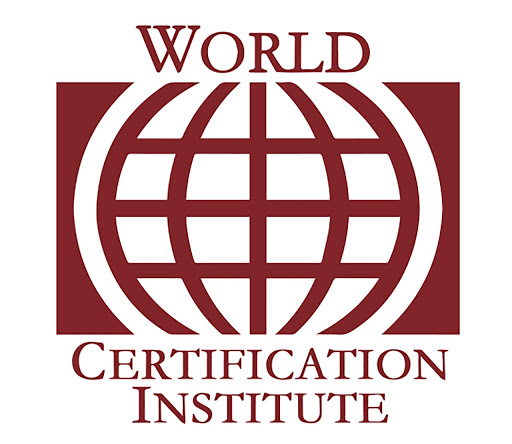Taking on the responsibilities of a principal may be both thrilling and intimidating, particularly when dealing with staff that is split. Your ability to manage and resolve conflicts as a new principal will be essential to creating a cooperative and united school climate. We have you covered if you too want to discover some of the successful tactics principals may use to create a school culture. We'll look at practical tactics in this blog article that will help you build teamwork, boost morale, and create a peaceful learning environment.
What Is The Root Cause Of Division In A Team?
Understanding the underlying causes of a staff split is essential before a new principal can handle it effectively. By dissecting these components, initiatives to support a cohesive school climate may be developed.
Here are a few factors that you should consider:
- Conflicting Personalities And Dynamics
Each employee has a distinct personality that adds to the school's atmosphere. Within a team, conflicting personalities can become a major source of division. Understanding these distinctions and how they affect interactions is essential. Principals can find areas of conflict by keeping lines of communication open with staff members. This information enables focused interventions that can create a more harmonious environment.
Before you move to the topic, can we ask you a quick question? Do you follow us on Social Media? If not, then you’re missing out on a lot of informative content. We regularly share upgraded educational content, tips, feedback, and more. Check us out by clicking the profiles here - Facebook / Twitter / LinkedIn / Pinterest / Instagram / YouTube
- Historical Conflicts And Issues
The present is frequently shaped by the past, and ongoing disputes inside a school may have an impact on current staff dynamics. A new principal must investigate these past matters, looking into any unsolved conflicts that could be causing the split now. Finding conflict patterns can help identify underlying issues that require attention. These historical tensions can be better understood by talking to long-term employees and looking through old records.
- External Influences Impacting Staff Unity
Staff cohesiveness can occasionally be impacted by circumstances outside of the school's immediate surroundings. The team may also become divided as a result of socioeconomic difficulties, local disputes, or policy changes. A principal may respond empathetically to staff concerns and create plans that are responsive to these wider challenges by having a thorough understanding of these external factors.
How Can Effective Communication Help
Resolving conflicts among school employees is based on effective communication. A new principal should establish procedures that guarantee information is shared among team members in an effective and seamless manner.
Consider the following points to establish clear communication within your team:
- Establish Clear And Open Communication
To guarantee that all team members get critical information, it is imperative to establish unambiguous communication routes. Effective information dissemination may be achieved through digital platforms, newsletters, and regular staff meetings. Communication transparency eliminates misunderstandings that might cause conflict and increases trust.
Video Link: https://www.youtube.com/watch?v=GMK8LYAvZ38
- Encourage Open Dialogue And Feedback
Promoting an environment of candid communication is essential to building a cohesive staff. It is the responsibility of principals to foster an atmosphere in which employees are at ease sharing their opinions and suggestions. By creating spaces for candid conversations, little problems may be brought to light before they become major disputes.
- Addressing Conflicts And Concerns
Preventing additional staff division requires addressing issues and disagreements when they come up. Staff complaints should be actively heard by principals, who should then respond appropriately and promptly. A principal shows their dedication to promoting peace and collaboration among the team by promptly addressing conflicts. This proactive strategy not only resolves current disputes but also stops new ones from arising.
How To Build Trust And Rapport
For a new principal trying to effectively manage a split team, building rapport and trust is essential. It entails fostering a culture where employees feel appreciated and respected in addition to establishing strong bonds with one another.
Try these to build trust and rapport with students:
- Lead By Example
A principal who sets a good example for the rest of the staff is helpful. Integrity must be demonstrated in all choices and actions. This calls for openness, self-admission, and moral decision-making. By acting in this way, the principal gains the respect of the staff and inspires others to follow suit, building cohesiveness and trust.
- Facilitate Team Building Activities
Putting together team-building exercises is another effective strategy for fostering rapport and trust. These exercises ought to be interesting, open to anyone, and intended to foster teamwork. These activities, which might include workshops, enjoyable outings, or problem-solving activities, enable employees to interact personally, removing boundaries and fostering a feeling of community.
- Celebrate Success
Building a pleasant school climate may be greatly aided by acknowledging and applauding accomplishments. Publicly praising efforts, no matter how minor or significant, raise spirits and encourage good behavior. A principal may express gratitude and inspire employees to keep collaborating to achieve shared objectives by acknowledging both individual and team accomplishments.
Harmonise School Environment With United Staff
If you also wish to set an example for your staff, consider enrolling in courses like MA in Education with Leadership and Administration, where you will have the opportunity to learn from leading professionals in the field of education. With these leanings, you can encourage your staff to collaborate toward shared objectives that will ultimately benefit the entire school community.
We believe education should be accessible for everyone. That’s why we don’t charge for our blogs. Find the right course that will help you in your career with us, contact us at - 1800–212–6400. You can mail us at act@asiancollegeofteachers.com









